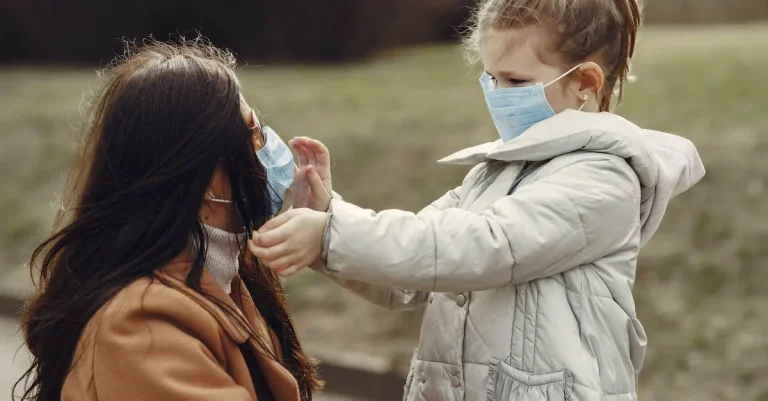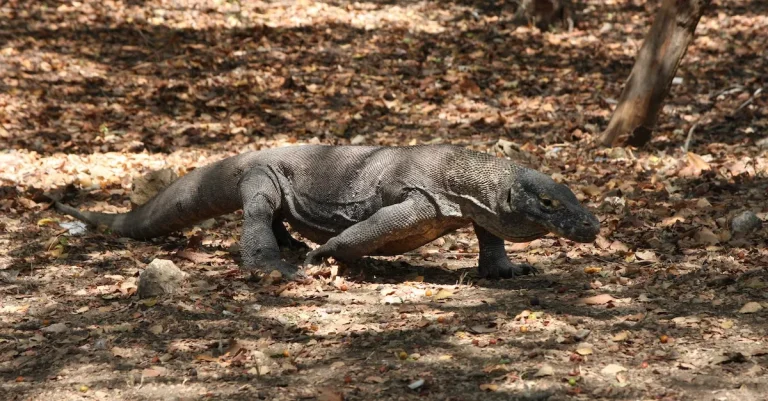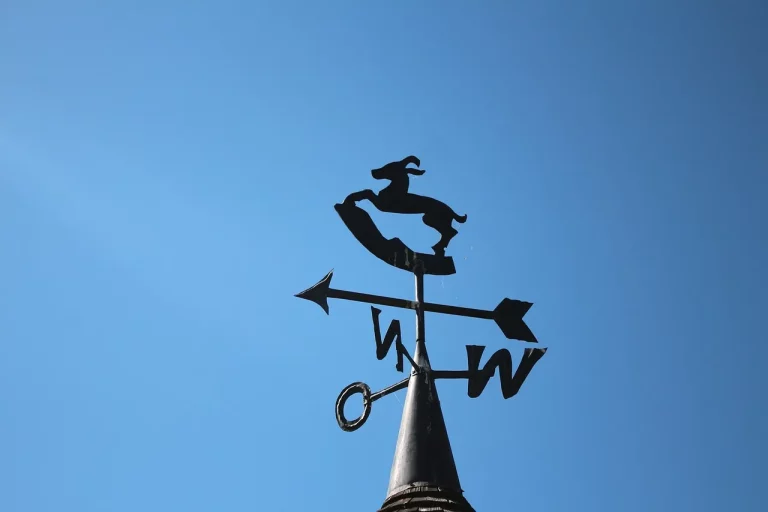How Cold Is Chicago?
Chicago is famously known for its cold, harsh winters and swirling winds coming off of Lake Michigan. If you’re wondering just how cold the Windy City can get, you’re not alone. Read on for a deep dive into Chicago’s winter weather including average temperatures, extreme cold statistics, and tips for staying warm when visiting the city.
If you’re short on time, here’s the quick overview: Chicago winters average highs in the 30s°F and lows in the teens to 20s°F. The coldest months are January and February with average lows around 19°F. Wind chills can drop temperatures below zero. The all-time record cold is -27°F.
Average Winter Temperatures in Chicago
December Average: High 36°F, Low 21°F
In December, Chicago experiences an average high temperature of 36°F and a low temperature of 21°F. This means that residents and visitors alike can expect chilly weather during this time of year. It’s important to bundle up and stay warm to combat the cold temperatures.
The city often gets covered in a beautiful blanket of snow, creating a picturesque winter wonderland. It’s the perfect time to enjoy hot cocoa, cozy up by the fireplace, and participate in outdoor winter activities like ice skating or building snowmen. Don’t forget your mittens and scarves!
January Average: High 31°F, Low 19°F
January brings even colder temperatures to Chicago, with an average high of 31°F and a low of 19°F. It’s a good idea to layer up and wear insulated clothing to stay comfortable in the chilly weather. The city may experience heavy snowfall during this month, so be prepared to shovel your way out or build an impressive snow fort in your backyard.
Despite the cold, Chicagoans know how to make the most of winter with fun activities like ice fishing on frozen lakes or attending ice sculpture festivals. Embrace the winter wonderland and make unforgettable memories!
February Average: High 33°F, Low 19°F
As February arrives, the average high temperature in Chicago increases slightly to 33°F, while the low remains at 19°F. Although it may still be cold, there is a glimmer of hope as signs of spring start to appear.
February is a great time to explore the city’s indoor attractions, such as museums or theaters, to escape the chilly temperatures. However, if you’re feeling adventurous, you can also bundle up and take a walk along the frozen shores of Lake Michigan, admiring the stunning ice formations.
Just be sure to wear warm socks and sturdy boots to keep your toes cozy!
Chicago’s Extreme Cold Statistics
Chicago is notorious for its bitterly cold winters. The city experiences some of the most extreme cold temperatures in the United States. Here are some statistics that highlight just how cold Chicago can get:
All-Time Record Low: -27°F on January 20, 1985
On January 20, 1985, Chicago experienced its coldest temperature ever recorded: a bone-chilling -27°F. This record-breaking cold snap was part of a larger polar vortex that swept across the region, bringing frigid temperatures and dangerous wind chills.
The city came to a standstill as residents huddled indoors to escape the bitter cold.
Average Days Per Year Below 0°F: 15
Chicago’s winters are characterized by numerous days of freezing temperatures. On average, the city experiences 15 days per year when the temperature drops below 0°F. These frigid days can pose significant challenges for residents, from icy roads and sidewalks to increased heating costs.
Coldest Neighborhoods: Near Lake Michigan
While Chicago as a whole experiences extreme cold, some neighborhoods are known for their particularly bone-chilling temperatures. The areas near Lake Michigan, such as Rogers Park and Edgewater, are often the coldest due to the lake effect.
The cold air from the lake mixes with the already cold temperatures, creating even more freezing conditions in these neighborhoods.
According to the National Weather Service, the lake effect can result in a temperature difference of several degrees between the lakefront and inland areas. This means that residents in these neighborhoods often have to bundle up even more than their counterparts in other parts of the city.
What Makes Chicago So Cold?
Chicago is known for its frigid winters, and there are several factors that contribute to its cold climate.
Continental Climate
One of the main reasons why Chicago experiences such cold temperatures is its location within a continental climate zone. Unlike coastal areas, which are influenced by the moderating effects of nearby bodies of water, Chicago is located in the center of the North American continent.
This means that it is not as strongly influenced by the warming effects of oceans or large lakes. As a result, winters in Chicago tend to be much colder than those in coastal cities at similar latitudes.
Latitude and Distance from Moderating Bodies of Water
Another factor that contributes to the cold temperatures in Chicago is its latitude and distance from large bodies of water. Chicago is located at a relatively high latitude, which means that it receives less direct sunlight during the winter months.
Additionally, it is located several hundred miles away from the moderating effects of the Great Lakes. These factors combine to create a climate that is colder than what one might expect for its latitude.
Arctic Air Masses
During the winter months, Chicago often experiences the arrival of Arctic air masses. These air masses originate in the Arctic region and bring extremely cold temperatures with them. When these air masses move southward into the Midwest region, they can cause temperatures to plummet.
The combination of the Arctic air masses, the continental climate, and the distance from moderating bodies of water all contribute to the bitterly cold winters that Chicago is known for.
In fact, Chicago has been known to experience some record-breaking cold temperatures. In January 1985, the city saw its lowest recorded temperature of -27 degrees Fahrenheit (-32.8 degrees Celsius). However, it’s not all doom and gloom – Chicagoans have learned to embrace the cold weather and make the most of it.
From ice skating in Millennium Park to enjoying hot chocolate at cozy cafes, there are plenty of ways to stay warm and have fun during the long winter months in the Windy City.
Wind Chill Effect on Temperatures
When it comes to cold weather, few places can compare to the bone-chilling temperatures experienced in Chicago. The Windy City lives up to its name, with its unique geographical location on the shores of Lake Michigan and its high average wind speeds contributing to the already cold temperatures.
The wind chill effect is a significant factor that makes the cold in Chicago feel even more intense.
Average Wind Speeds of 10-15 mph
Chicago is known for its strong and persistent winds, which can make the already freezing temperatures feel even colder. The average wind speeds in the city range from 10 to 15 miles per hour. This constant breeze, combined with the low temperatures, can penetrate clothing and make it feel much colder than it actually is.
It’s important to dress in layers and protect exposed skin to avoid the discomfort and potential dangers of frostbite.
Wind Chills Below -20°F Common
In Chicago, wind chills below -20°F are not uncommon during the winter months. The wind chill factor takes into account the combined effect of temperature and wind speed on the human body. It measures how quickly the body loses heat, resulting in a perceived temperature that feels much colder than the actual air temperature.
These extreme wind chills can pose serious risks to health, especially if individuals are not properly prepared or dressed for the cold.
According to the National Weather Service, prolonged exposure to wind chills below -20°F can lead to frostbite in as little as 30 minutes. It is crucial to take precautions and limit outdoor activities during these dangerously cold conditions.
Frostbite can cause permanent damage to the skin and underlying tissues, so it is essential to stay informed about the current weather conditions and dress appropriately.
For more information on wind chill and its effects on temperatures, you can visit the National Weather Service’s website. It provides valuable resources and guidelines to help individuals stay safe and protected during extreme cold weather.
Tips for Staying Warm in Chicago Winters
Layer Up with a Hat, Gloves, and Scarf
Chicago winters can be bitterly cold, with temperatures often dropping below freezing. To stay warm in these frigid conditions, it’s essential to layer up with appropriate winter gear. Start with a good-quality hat that covers your ears, as a significant amount of body heat can be lost through the head.
Don’t forget to wear gloves to protect your hands from the biting cold, and a scarf to keep your neck and face shielded from the wind. Layering these items will help trap heat and provide an extra barrier against the cold.
Seek Indoor Heated Spaces to Warm Up
When the temperatures plummet, it’s crucial to find indoor heated spaces to warm up and give your body a break from the cold. Chicago offers numerous options, including cafes, restaurants, shopping malls, and museums where you can take refuge.
Enjoy a hot cup of coffee or cocoa, indulge in a warm meal, or explore the city’s cultural attractions while staying cozy indoors. Remember to check the opening hours of these establishments in advance, as some may have limited hours during extreme weather conditions.
Use Public Transportation to Limit Time Outside
Navigating the city during the winter can be challenging, but using public transportation can help minimize your exposure to the cold. The Chicago Transit Authority (CTA) operates an extensive network of buses and trains that can efficiently transport you to your destination while reducing the time you spend outside.
Plan your routes in advance to minimize walking distances and make use of heated train stations and bus shelters along the way. Don’t forget to check the CTA website or app for real-time updates on schedules and service changes.
Conclusion
With average highs below freezing and frigid wind chills, Chicago earns its reputation for having bitterly cold winters. By bundling up in layers, staying indoors as much as possible, and keeping tabs on dangerous wind chill factors, you can still enjoy all the city has to offer despite the icy temps.








